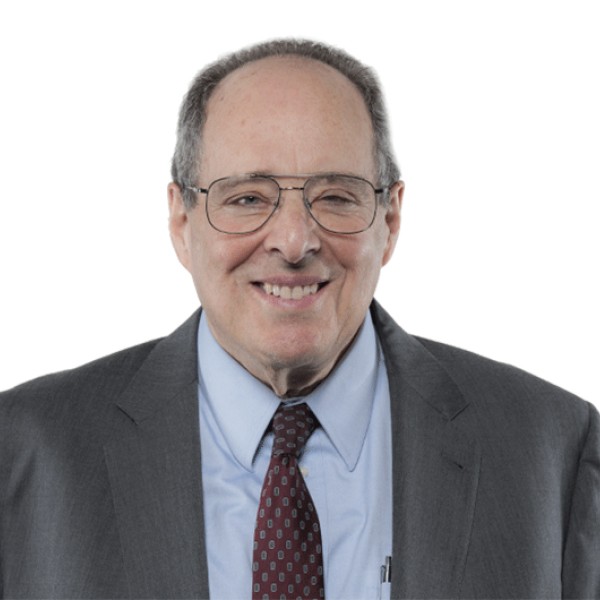My research involves laser spectroscopy in supersonic molecular beams. A supersonic expansion cools the vibrations and rotations of a molecule without condensing the molecule out of the gas phase. This greatly simplifies the spectrum of the molecule and allows us to probe the structure and dynamics of large molecules whose spectra would be hopelessly complicated in a normal environment.
One class of problems in which I am interested is the spectroscopy of weakly bound complexes. High resolution electronic spectroscopy is used to determine the structure of these complexes, and this, in turn, provides information about the weak intermolecular forces that hold the complexes together. These complexes also provide the opportunity to do state-to-state photochemistry in a well-controlled environment. Using tunable lasers, energy can be injected into a particular vibrational mode, and the migration of this energy from the initially excited mode can be followed.
A second class of problems involves the gas phase spectroscopy of large molecules such as amino acids and peptides that are not ordinarily observed in the gas phase. Such molecules have negligible vapor pressure at room temperature and, if heated, decompose before they sublime. We use laser desorption to introduce them into a molecular beam and then study their properties spectroscopically. These molecules are naturally occurring spectroscopic probes of biologically interesting systems, but it is difficult to study their intrinsic properties in solution where they naturally occur. The increased spectral resolution available in a cold molecular beam allows us to resolve spectroscopic features due to different conformers and to study the properties of individual conformers.
I am also interested in studying electron transfer and energy transfer in bichromophoric organic molecules. We have measured rates for these processes down to the time resolution of our nsec. lasers, and we will extend these measurements to shorter times using fsec lasers. Bichromophoric molecules have two aromatic chromophores covalently bound to and separated by an inert spacer such as a methylene chain. By varying the spacer and the chromophores, it is possible to tune the interaction between the chromophores in a well-controlled way.
Finally, I am interested in studying the laser desorption process. When a solid composed of large, fragile molecules is exposed to pulsed laser radiation, it is often possible to vaporize intact molecules as large as small proteins with no damage to the molecule. This is a striking and unintuitive phenomenon, and I am interested in understanding the mechanism by which it occurs. Using a new instrument that has recently been built, we are able to measure the kinetic energy, internal state, and angular distributions of molecules that have been laser desorbed.
Harvard University
A.B.
1961
University of California, Berkeley
Ph.D.
1965
NIH and NATO Postdoctoral Fellowship
1967
The University of Chicago
Professor
Present
Spectroscopic Consequences of Localized Electronic Excitation in Anthranilic Acid Dimer. J. Phys Chem. A.ASAP article (2004).
The Electronic and Infrared Spectroscopy of Anthranilic Acid in a Supersonic Jet, J. Phys. Chem. A107, 4032 (2003).
Supersonic Jet Studies on the Photophysics of Substituted Benzenes and Naphthalenes, J. Phys. Chem. A106, 8590 (2002).
Gas-Phase Photochemistry of the Photoactive Yellow Protein Chromophore trans-p-Coumaric Acid, J. Am. Chem. Soc. 124, 6194 (2002).
Electronic Spectroscopy and Photoisomerization of trans-Urocanic Acid in a Supersonic Jet, J. Am Chem. Soc. 123, 961 (2001).
Supersonic Jet Spectroscopy and intramolecular electronic Energy Transfer in Naphthalene-(CH2)-Anthracene bichromophoric Molecules, J. Phys. Chem. A104, 6558 (2000).
E. Bright Wilson Award in Spectroscopy
2005
Ellis Lippincott Award, Optical Society of America
2000
Editor
Journal of Chemical Physics
1998 - Present
Lady Davis Visiting Professorship at the Technion
1997
Member of National Academy of Sciences
Fellow, American Physical Society
Fellow, American Association for the Advancement of Science
Fellow, American Academy of Arts and Sciences
